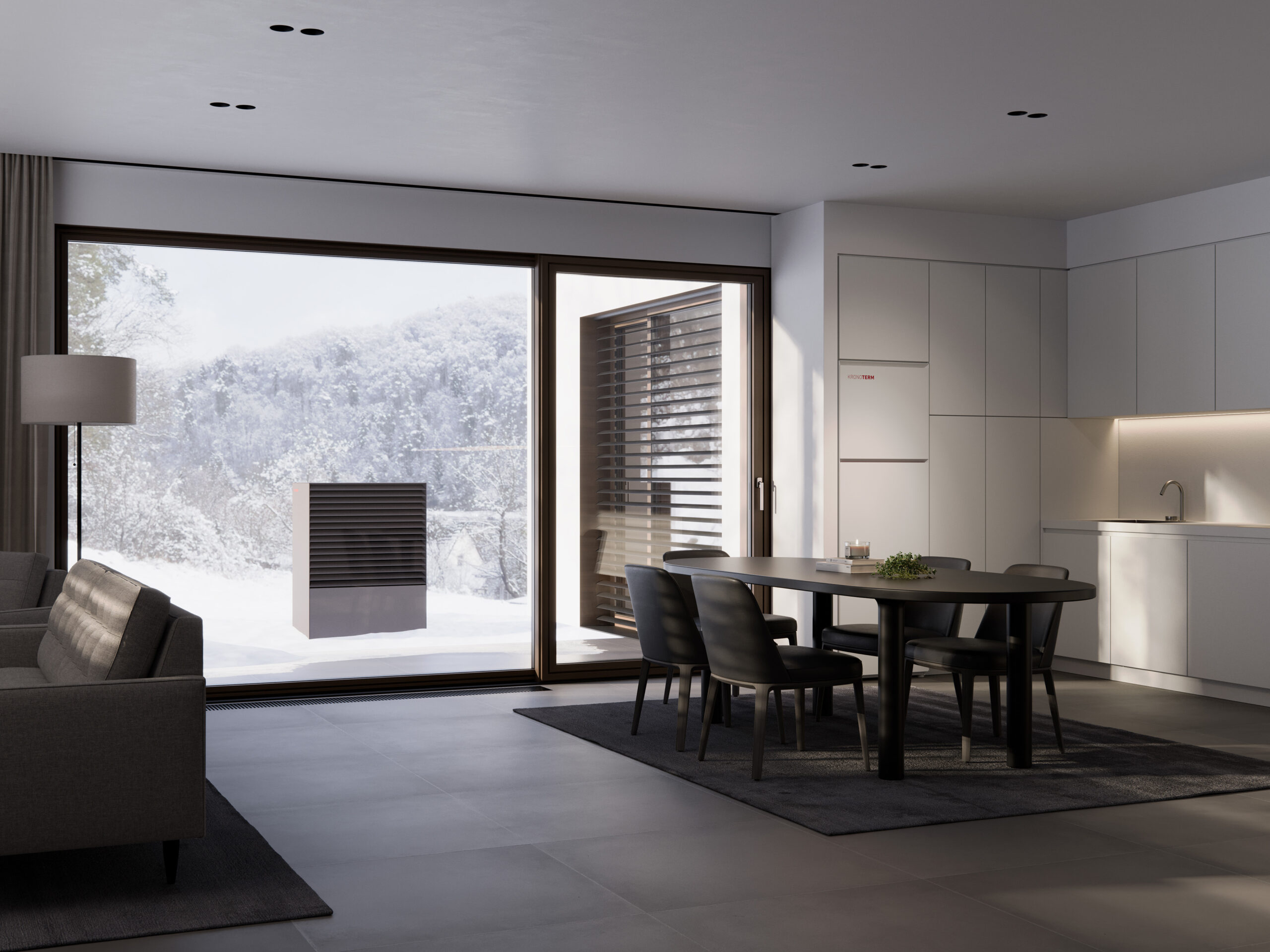Recent changes in electricity billing have raised concerns among heat pump owners about rising costs due to electric heater activation. However, the electric heater is not an unnecessary component—it plays a crucial role in maintaining reliable performance and comfort during the coldest days. Below, we explain its function and share tips on how to minimize unnecessary activations and optimize energy use. With the right settings, you can achieve high energy efficiency while avoiding additional expenses.
Disabling the electric heater can lead to system strain, inefficient heating, and an increased risk of indoor dampness. A better approach is to fine-tune your settings, such as the bivalence point and heating schedules.




